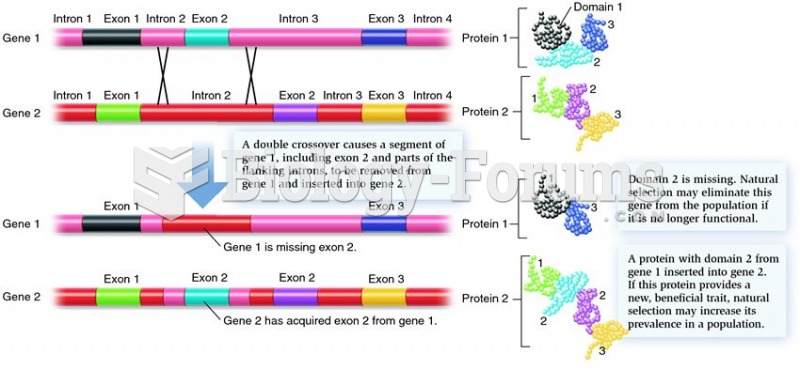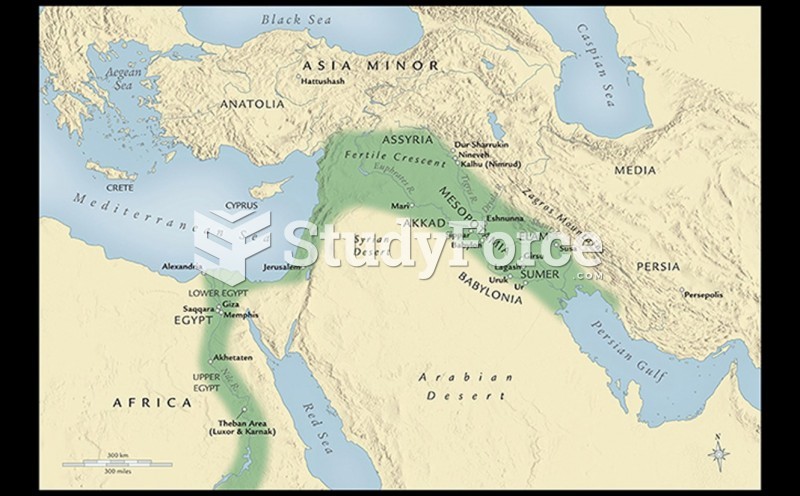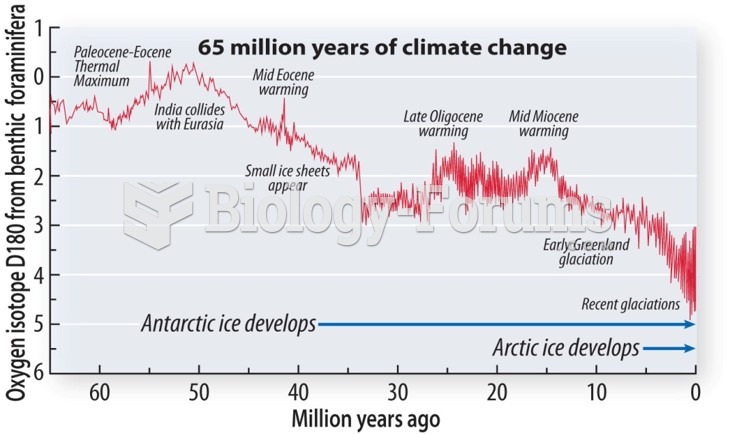This topic contains a solution. Click here to go to the answer
|
|
|
Did you know?
The word drug comes from the Dutch word droog (meaning "dry"). For centuries, most drugs came from dried plants, hence the name.
Did you know?
Green tea is able to stop the scent of garlic or onion from causing bad breath.
Did you know?
Though the United States has largely rejected the metric system, it is used for currency, as in 100 pennies = 1 dollar. Previously, the British currency system was used, with measurements such as 12 pence to the shilling, and 20 shillings to the pound.
Did you know?
There are 20 feet of blood vessels in each square inch of human skin.
Did you know?
Asthma cases in Americans are about 75% higher today than they were in 1980.







